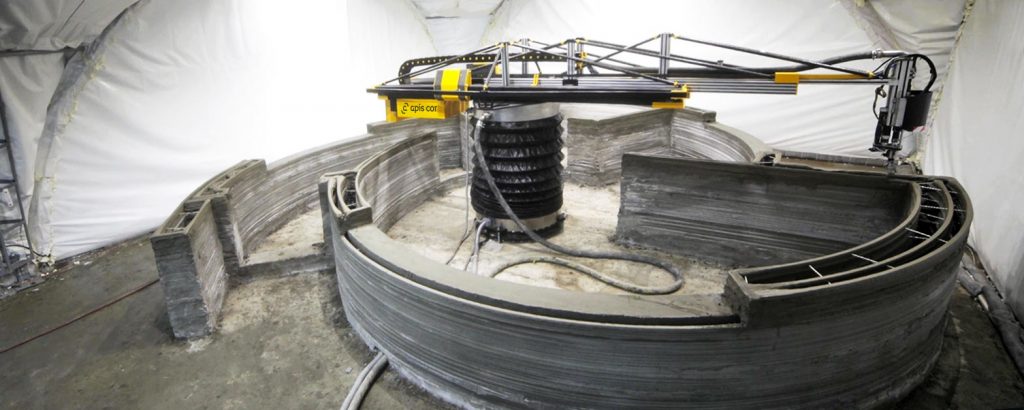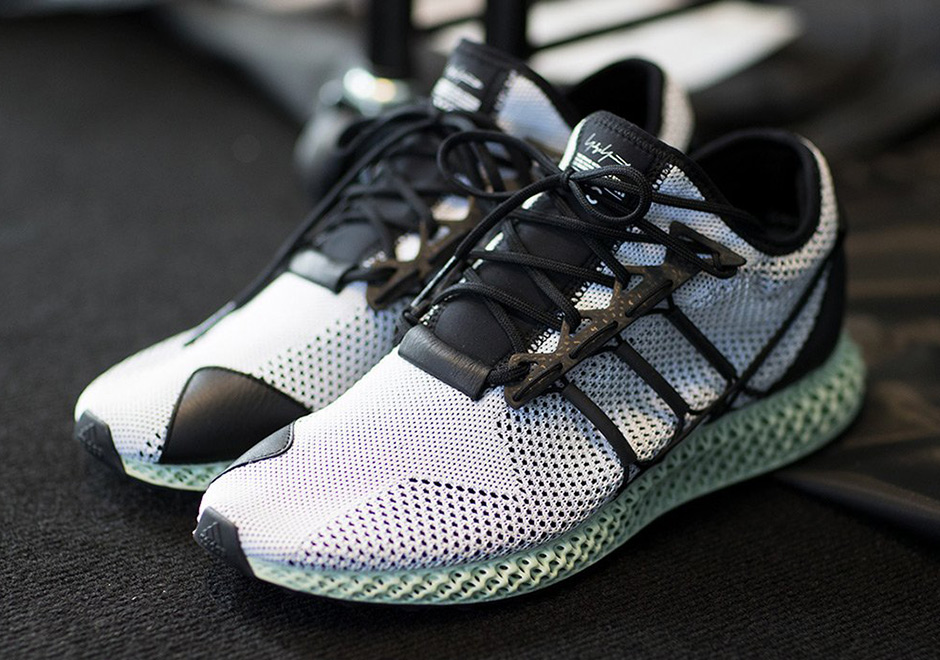John Dogru the co-founder and CEO of 3DPrinterOS, the world’s first operating system for 3D printers. Previously he was former lead engineer at Dell, as well as a founder of multiple other tech start-ups. His 20 years of experience in automated manufacturing and software development give him a unique vantage point into the future of additive manufacturing.
The 2018 FIFA World Cup is now over, with an estimated 3.4 billion people expected to have tuned in across the globe. And for the first time, I was one of them. As a self-proclaimed tech nerd, I’ve never been much of a sports fan — but I’m quickly becoming one, thanks to 3D printing.

So what does my sudden interest in sports have to do with 3D printing? Well, for one, every professional is trying to get a leg up on the competition, whether it’s in building lighter aircraft or athletes looking to run faster. I believe that 3D printing will actually usher in the greatest technological change to sporting events since they were first broadcast back in 1939. And with billions of eyes still glued to television screens, I think these sporting events will also be what finally pushes 3D printing into the mainstream.
Believe it or not, major global athletic events like the World Cup and the Olympics have already started to find use cases for the technology. And with time, they’re bound to find more. Here’s how 3D printing will soon be used to transform all major global athletic events:
Saving time and money on the design and construction of major infrastructure
Events like the World Cup and the Olympics are notoriously expensive. Consider, for example, that Russia spent $8.5 billion building the infrastructure for this year’s World Cup — a massive number, but still just a drop in the bucket compared to the $51 billion it spent for the 2014 Sochi Olympics. And it’s not the only one: China’s Beijing Olympics cost a comparable $44 billion.
The problem isn’t just the cost of the infrastructure, though. As best exemplified by the 2016 Summer Olympics in Brazil, construction of the infrastructure for these events isn’t always finished in time for the start of the games.
Fortunately, 3D printing has shown to both speed up and reduce the cost of such construction projects. For example, the technology can be used to print entire houses in less than a day for as little as $4,000. It offers the same benefits for stadiums, hotels and the other major infrastructural projects associated with these global athletic events, too.

In terms of cost savings, 3D printing for construction has shown to drastically reduce design, material and labor costs. The technology gives architects the ability to rapidly prototype different designs using 3D printed models. It also produces far less waste during construction since it’s an additive process, saving serious money on materials. And considering that 3D printers can operate autonomously, the technology can slash labor costs as well.
At the same time, the technology’s ability to operate autonomously 24/7 without much human intervention can significantly speed up construction projects. 3D printers can also produce parts on demand that might otherwise have taken weeks to ship in, cutting wait times that would have typically ended up resulting in overages in both cost and scope.
But this isn’t all hypothetical. 3D printing is already being used in the design of stadiums worldwide. Scientists at Qatar University, for example, are using the technology to test model stadiums to see how they’ll stand up to the country’s “punishing desert climate” for the 2022 World Cup. And considering the serious wind trouble that endangered athletes at the most recent Winter Olympics, such use of the technology could ensure people’s safety by preventing harsh climate conditions, in addition to all of the cost and time savings it would generate.
Creating on-demand memorabilia and merchandise
The memorabilia and merchandise opportunities at large-scale global athletic events is huge. In fact, this Forbes article goes so far as to describe merchandisers as the real gold winners at the Rio Olympics back in 2016. And it makes sense, considering that the event’s head of licensing expected merchandise sales to reach a whopping $400 million.
At events like the World Cup, the Olympics, the Super Bowl, the World Series or any other major athletic event, 3D printing has a lot to offer merchandisers. Many types of memorabilia, including pins, player figurines — and even the infamous vuvuzela from the 2010 World Cup — can all be easily 3D printed. In fact, someone actually tried to invent a 3D printed instrument to replace the vuvuzela for the 2014 World Cup — the KXX.
One major upside of 3D printing memorabilia is that it can generate a much higher profit margin for merchandisers. As an example, at the 2010 World Cup, 90 percent of the vuvuzelas were produced in China, offering a profit margin of less than five percent. Had the vuvuzelas been 3D printed, not only could merchandisers have boosted their profit margins, but they could have also produced them on demand — eliminating the guesswork involved in forecasting.
On-demand printing saves sellers and producers of parts from keeping inventory, thus greatly reducing cost and overhead. But 3D printing really shines when it comes to personalization, as it’s the same effort to create bespoke parts as it is to create 1,000 exact replicas. 3D printing allows personalized memorabilia to be created on site. For example, people could walk up to a booth, have their image scanned and then printed on Ronaldo’s body as a custom bobblehead.
Amazon has already demonstrated the feasibility of on-demand 3D printing. The company has started doing it for many items, including jewelry, bobblehead dolls, toys and more, and was recently awarded a patent for on-demand manufacturing using 3D printers. According to the article, the company sees it as “an innovative way to save time and money, with a reduction in processing times being accompanied by a reduced need for storage space and labour costs.” The same benefits can also apply to merchandisers at these athletic events should they adopt the technology for similar purposes.

Designing gear for athletes
3D printing is already pervasive with athletes due to the personalization component. Athletes are not one-size-fits-all, which is exactly why the technology can help them achieve a greater competitive advantage. Quite simply, the difference between a goal and a missed shot can be measured in milliseconds, and 3D printing can help leading athletic brands give athletes that slight but critical edge they require.
One example of an athletic brand using 3D printing is Nike, which has pioneered the use of 3D printing with its athletic cleats, particularly to help football players in the Super Bowl. The company also recently teamed up with HP to 3D print shoes for the NFL. And at the previous World Cup, it even made a 3D printed sports bag for certain players, including Brazil’s Neymar Jr., England’s Wayne Rooney, and Portugal’s Cristiano Ronaldo.
But Nike isn’t the only one. In auto racing, for example, 3D printing is already being used to create strong, perfect-fit parts out of multiple materials. It’s also being used to make baseball bats, snowboard bindings, golf clubs and more. 3D printing even helped make the equipment that won the US its first Olympic medal in a men’s luge singles event at the Winter Olympics earlier this year, and was also used to create prosthetic limbs that helped paralympians compete in the same Olympic games.
With time, 3D printing will continue to become more prevalent across other athletic arenas for the competitive advantage that it offers athletes through the strong, personalized, material-specific applications to which it can be applied.
While the link between global athletic events and 3D printing isn’t clear upon first glance, it is undeniably strong. The technology is already being used for a number of athletic purposes, but it has yet to be used to its full potential. As governments, businesses and athletes alike begin to recognize the benefits this technology offers, it will quickly become the biggest winner of all.
For all the latest 3D printing news, subscribe to the 3D Printing Industry newsletter. Also, follow us on Twitter, and like us on Facebook.
Make your next additive manufacturing career move or hire new talent. Search and post 3D Printing Jobs on our free jobs service.
Featured image shows John Dogru at TechCrunch Disrupt.



